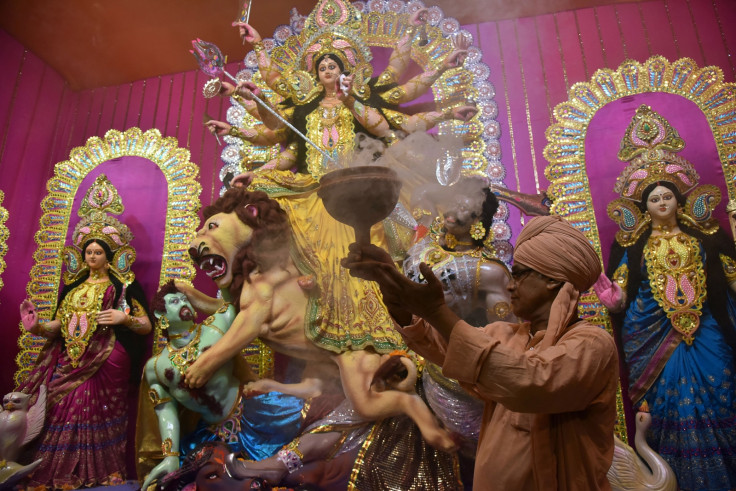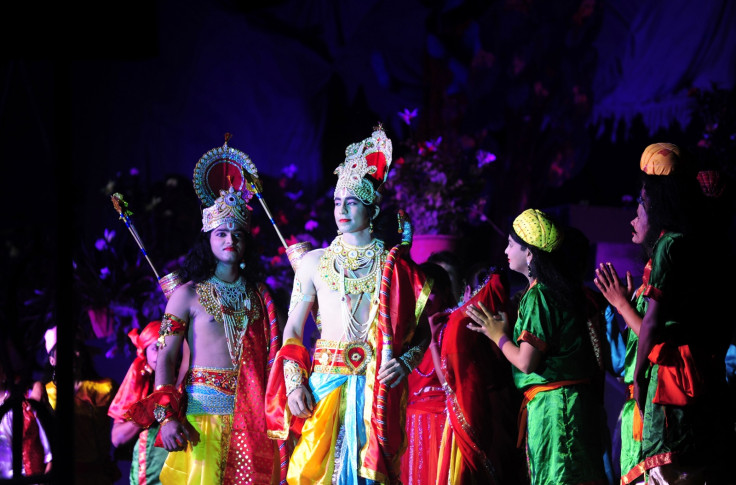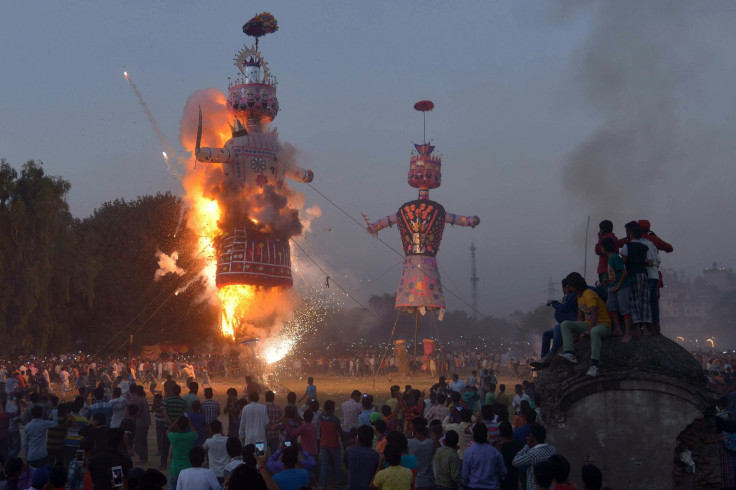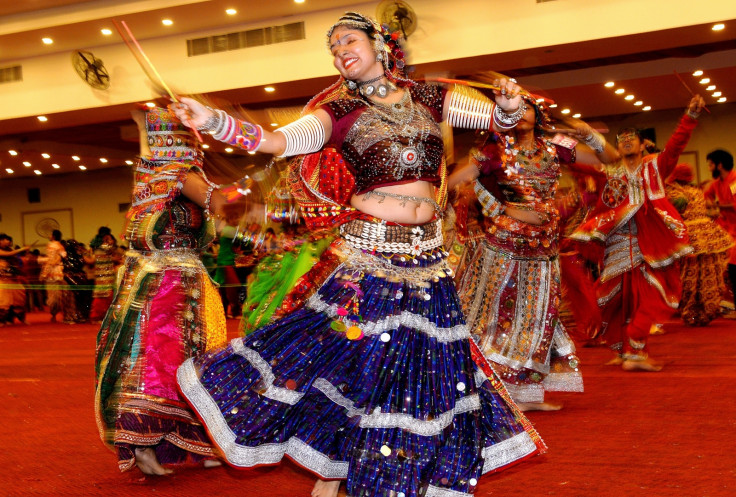Dussehra 2016: India gears up to celebrate the victory of good over evil with Vijaya Dashami
This year the festival falls on 11 October.

Hindus in India are gearing up to celebrate Dussehra, the festival that celebrates the triumph of good over evil. Widely celebrated across all regions of the country, the festival is also known as Vijaya Dashmi, Dadara and Dashain.
The myths associated with the ten-day celebration are as unique as the festival itself. According to the Hindu calendar, Vijaya Dashami is commemorated on the tenth day of the month of Ashwin (that falls between September and October). This year the festival falls on 11 October.
There are two stories associated with the celebration. According to people in the north of India, Lord Rama fought the 10-headed demon Ravana in order to save his wife Sita, who was held captive in the demon's kingdom of Lanka.
Known as Navratri (nine nights) people in northern India observe fast while worshiping the nine avatars of the goddess. Each of the preceding nine days before Vijaya Dashami represents a powerful manifestation of Durga, the goddess of power.

To rejoice in the glory of Lord Rama, street plays (called Ram Leela) are organised. After nine days of storytelling, the play and the Navratri festival conclude with the burning of the effigy of the demon Ravana.

For people in eastern parts of India, Dussehra is the core of their culture and tradition. Folklore has it that goddess Durga defeated and beheaded Mahishasura (the buffalo demon) with a trident while riding a tiger. The Hindu goddess, also known as mother Shakti (power), eliminated him in order to save the world from his evil wrath.
The goddess' idol is worshiped for five days in beautifully decorated and elevated stages (pandals). Contrary to the North Indian tradition of fasting, the people of the eastern region celebrate by feasting on the occasion. On the day of Vijaya Dashami the idols are immersed in water bodies marking the end of the festivities.
The southern part of the Indian peninsula has a unique way of celebrating the festival. They observe Navratri by displaying a collection of toys and miniature artefacts they have inherited over generations. The toy exhibition is popularly known as Bombe Habba in Karnataka, Bommala Koluvu in Andhra Pradesh and Golu or Kolu in Tamil Nadu.
According to the southern Indian tradition, during these nine days women and young girls are considered as the goddess herself. "The display of idols is an integral part of our tradition during Navratri.

"The first 3 days are dedicated to Goddess Parvati who blesses us with power, valour and strength. The next 3 days are dedicated to Goddess Lakshmi who is the symbol of wealth and prosperity. And during the last 3 days, we worship Goddess Saraswati who gives us abundance of knowledge. The tenth day is Vijaya Dashami, which we consider auspicious for new beginnings," says Lalitha Shankar, a housemaker from Bangalore, who is observing the nine-day festival told IBTimes UK.
No Navratri is complete without nine days of dancing in Gujarat. People dressed in colourful traditional attire play the garba and dandiya dances throughout the nine nights.

© Copyright IBTimes 2025. All rights reserved.






















